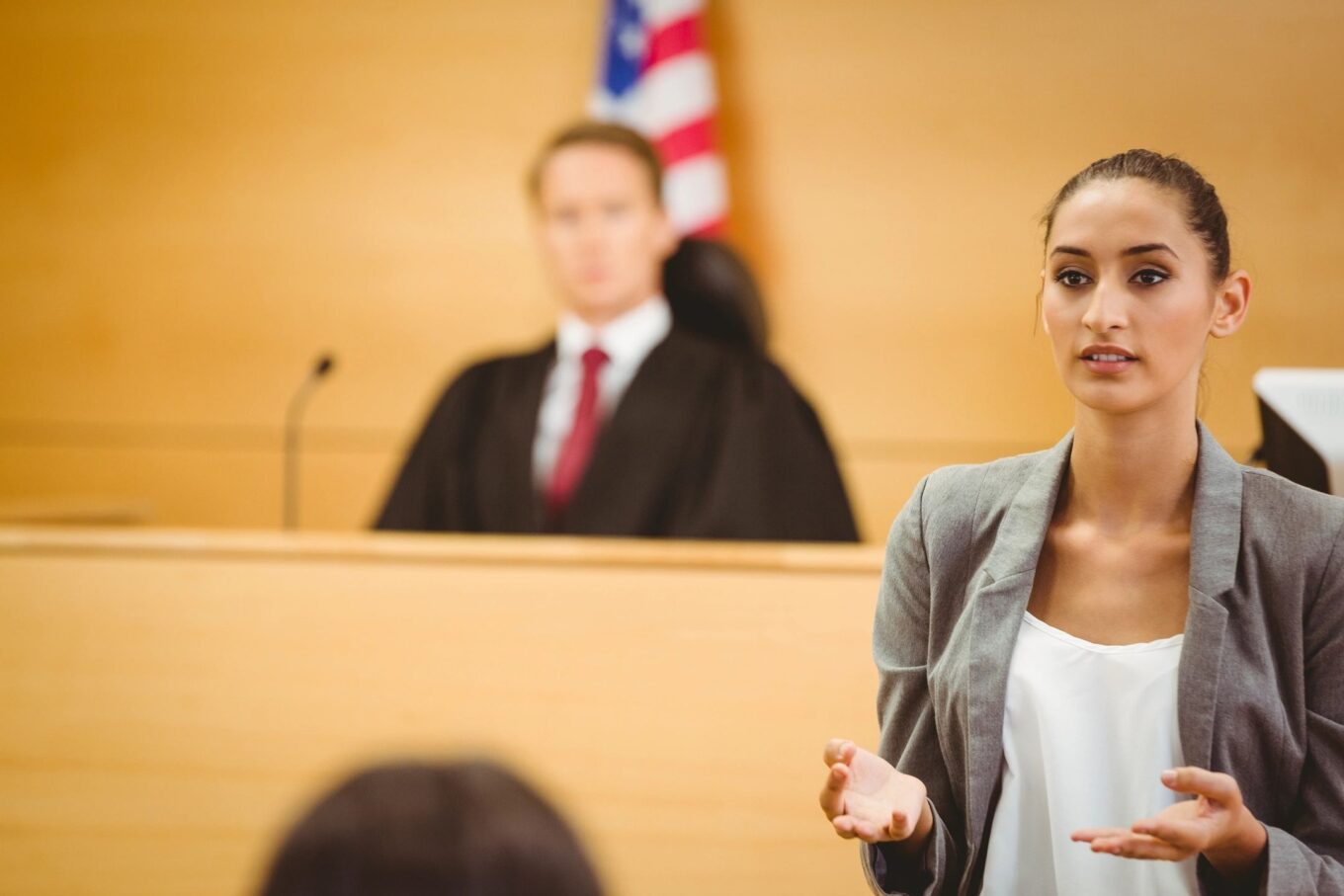One of the central questions that arise from an automobile accident is fault. Who is “at fault” in a claim will determine which vehicle’s liability insurance company will be responsible for the damages or if you will be able to recover more than the PIP or “No Fault” coverage limit. Meaning, if you are determined to be at fault, you could be responsible for your extensive medical bills, have a $900 monthly cap on lost wages and receive no compensation for pain and suffering.
Fault in 4 Parts
Determining fault in an auto accident is both common sense and involves some technical aspects of the law. Generally, the last word on who caused an accident lies with a jury. The analysis of who is at fault and ultimately responsible for the cost of an accident concerns the four basic tort elements of Duty, Breach, Causation and Damages. Did a driver have a duty to drive in a certain manner? Did he breach that duty when the collision occurred? And did that breach cause the damages or injury. This basic framework is presented to a jury through the Jury Instructions given to a jury by a judge.
Two Examples of Jury Instructions:
Here is an example of two Jury Instructions a Jury might receive in an auto accident case:
121.03
LOOKOUT
A driver on a public highway must keep a proper lookout for other vehicles and objects in his line of vision that may affect his use of the highway.
The driver is presumed to see those things a person would and could see while exercising reasonable care under similar circumstances.
121.13
SPEED LIMITS
A. No person shall drive a vehicle at a speed greater than is reasonable under the conditions and hazards then existing.
B. At the time and place and with the vehicle involved in this case, any speed in excess of 45 miles per hour was unlawful.
C. The driver of every vehicle shall drive at a safe and appropriate speed when special hazards exist with respect to pedestrians or other traffic or by reason of weather or highway conditions.
The first jury instruction informs a jury that a driver must keep proper look out and if he doesn’t see something than he is not using reasonable care, or in other words, likely bares some fault.
The second jury instruction has to do with speeding and how a jury should view it in light of an accident.
Juries receive many pages of these instructions and your lawyer will have an opportunity to submit proposed jury instructions to the judge of your case. Having a competent and intelligent lawyer is so important to this process. You’ll need the jury to get the right instructions for you case, and you need the right evidence gathered and presented in light of the instructions through which the jury will determine fault. If you have more questions about fault in an accident please call me right away for a free consultation, (785) 273-4330.

